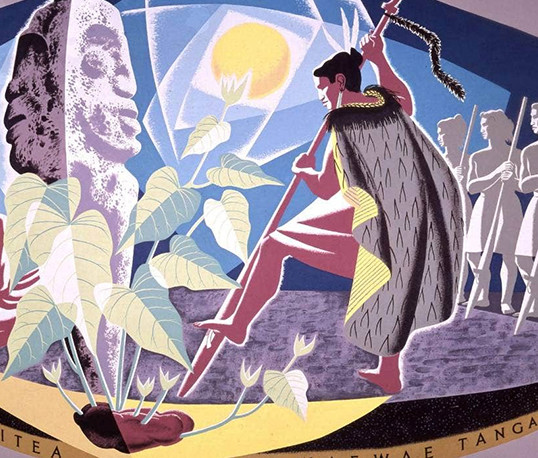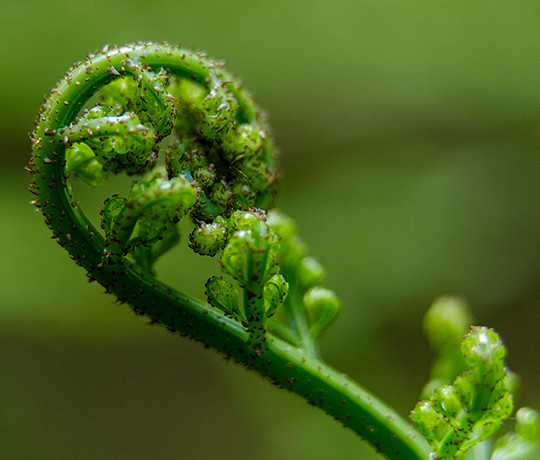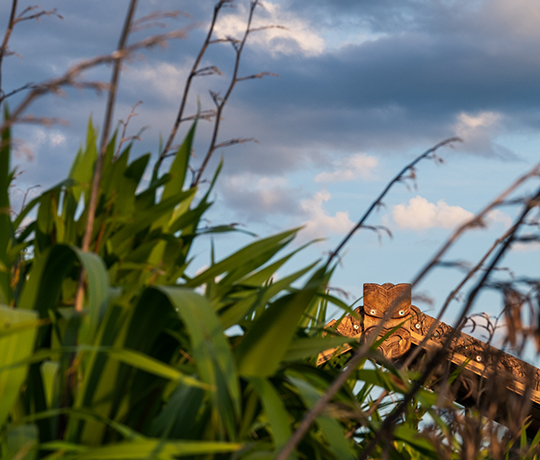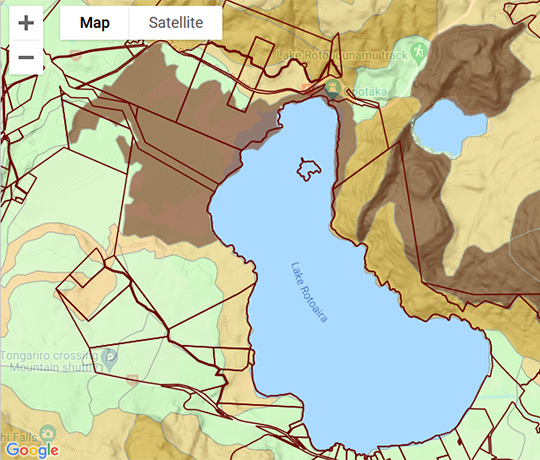Māori agriculture
Nahinga kai / Maara kai
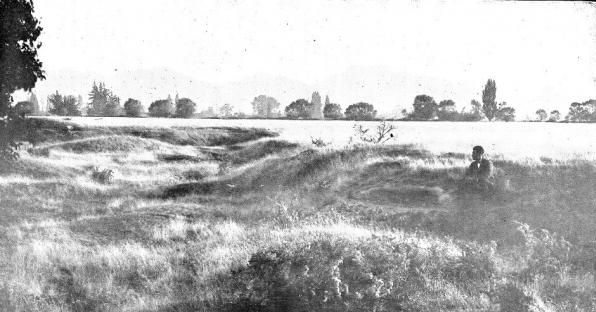
Historic image of 'Māori gravel land and pits'. Source: Rigg & Bruce (1923) The Maori gravel soil of Waimea West, Nelson, New Zealand. The Journal of the Polynesian Society 32(126): 85-93.
Māori modified soils or Māori plaggen soils are extensive throughout Aotearoa-New Zealand (Best 1925; Singleton 1988; Harmsworth & Roskruge 2014a,b). Māori brought many warm tropical climate crops (e.g. taro, uwhi or yam, hue-gourde) to Aotearoa, and needed to manage the soils in the more temperate, colder climate in order for crops to grow well.
Evidence of soil modification includes features such as re-deposited mixtures of sand and gravel; stones; shell fragments; middens; natural fertilisers, seaweeds, wood/ash and charcoal from fires; garden walls, terraces, and mounds; relative levels of organic matter and effects from mulching or burning; garden implements such as the wooden kō used for digging, garden pits; and structures for storage.
In the Waikato region alone, Māori modified about 2,000 hectares of soil for growing crops, of which kūmara was the most important, with kūmara gardens located near rivers and on river terraces (Singleton 1988).
Collective evidence provides insight into the past activities of indigenous Māori and indicates a progressive and developmental move towards gardening and horticultural practice, signalling an advancement in kaitiakitanga (guardianship) and maara kai (gardening). We know that gardening and cropping by Māori were significant around Māori communities and settlements (e.g.papakainga, marae, pā, maara kai, mahinga kai) in the 1700s and 1800s. Indeed, there is common belief among Māori that gardening practice and horticulture started when Māori arrived in Aotearoa and some evidence points to local gardens from the 1500s. Small garden plots are evidenced by large-scale modification of soils in many areas throughout Aotearoa-New Zealand.
Building on this early knowledge, there has been re-emergence and strengthening of Māori knowledge and Māori values to underpin soil and food management (Hutchings et al. 2018; Hutchings & Smith 2020), showing the significance of soils as a taonga (treasured resource) particularly at the local and community level, with demonstrated links to soil security, food production, healthy foods, and human well-being (Hutchings et al. 2018; Hutchings & Smith 2020; Harmsworth 2020, Stronge et al. 2020).

